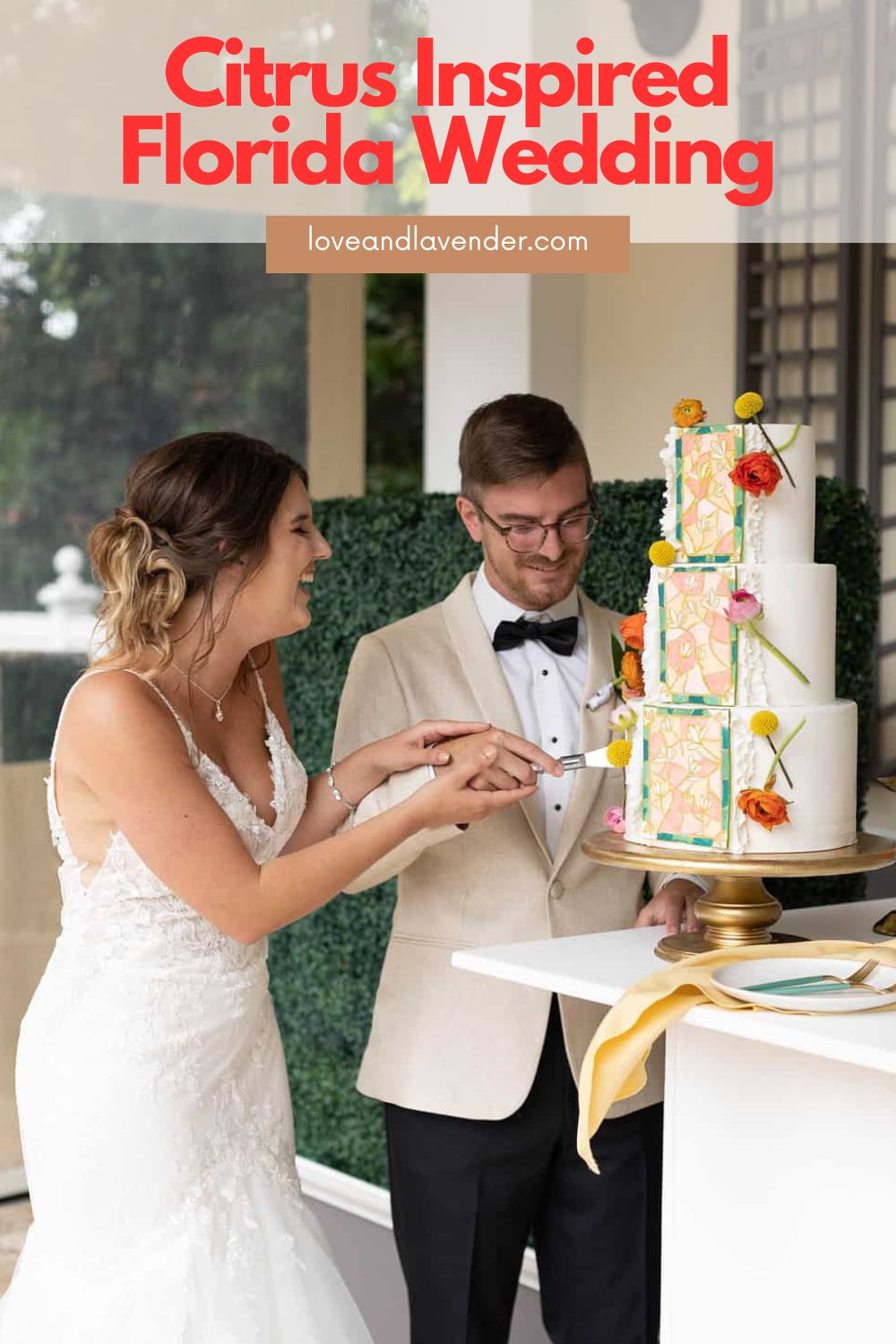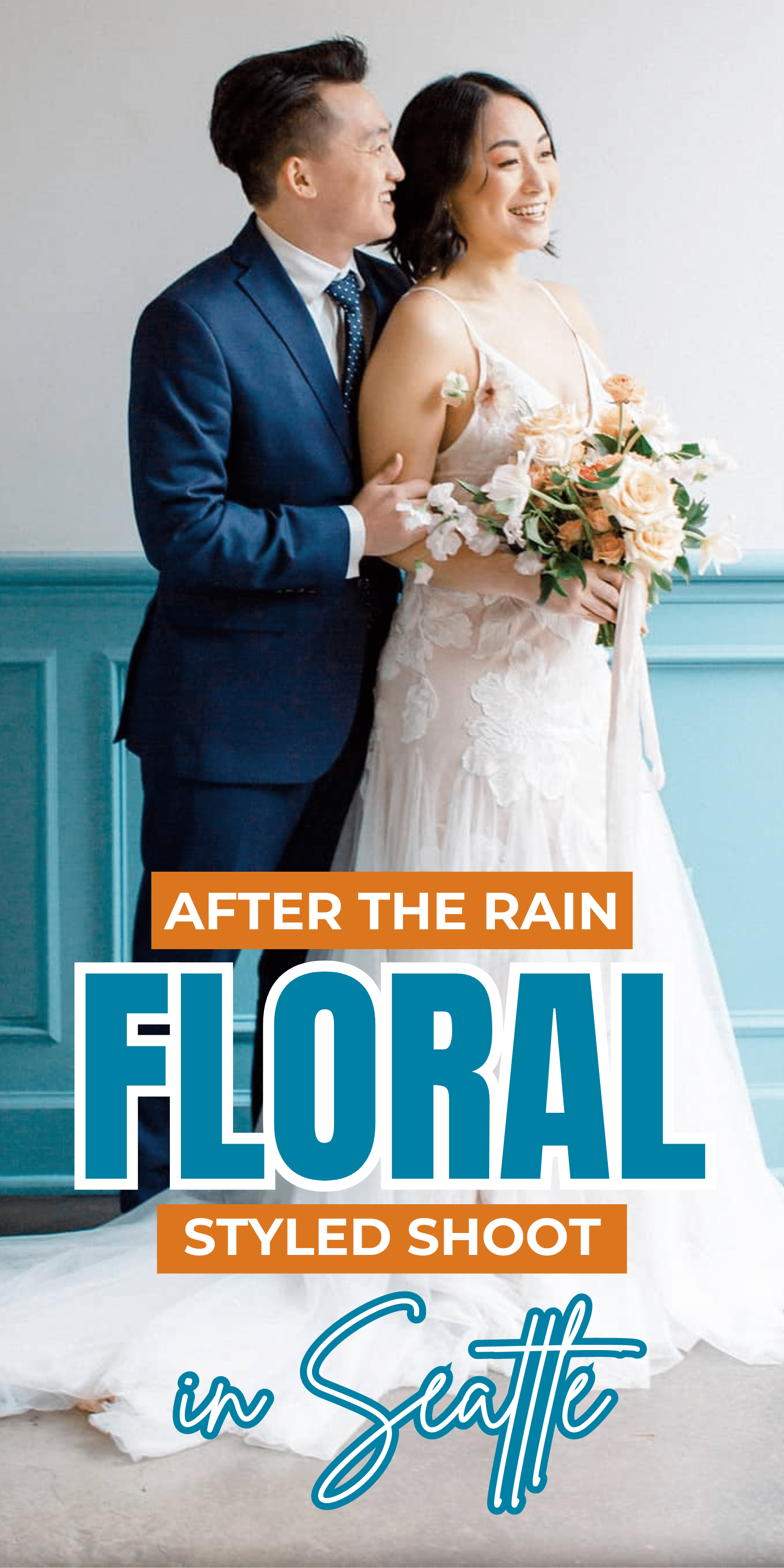When you think of a classic strand of pearls, what comes to mind?
A soft, cream-colored necklace of perfectly matched beads that glow with an inner light, strung one after the other in subtly graduated sizes and finished with a rosy blush? Well, you’ve just described akoya pearls!
Pearls come in many different sizes and colors — purple, gold, green and even ebony black! However, the timeless white pearl strand is the cultural icon most people are familiar with, and it doesn’t get more classic than an Akoya pearl.
Let’s explore what makes these extraordinary pearls so special.
What is an Akoya Pearl?
Simply put, an akoya pearl is a cultured pearl farmed from the Pinctada Fucata oyster, often available in tones of creamy white with tones of grey, yellow, or blue. Akoya pearls can be found in sizes from 3mm to 10mm, but often fall in the 7mm range.
It might be that the akoya pearl is so deeply ingrained in our idea of what a pearl should be because it was the very first. While Chinese fishermen experimented with culturing freshwater blister pearls as early as the late 19th century, whole pearls weren’t successfully cultivated until Kōkichi Mikimoto came along in Japan and perfected the process of farming akoya pearls.
Akoya Pearl Farming
The culturing process of an akoya pearl begins by “seeding” or nucleating the pearl oyster. The pearl farmer surgically implants a round bead made of shell or plastic to kickstart the formation process — no more than one or two beads per oyster. In response to the new irritant, the oyster begins forming layers of nacre, or what we call mother-of-pearl, to isolate it.
During this time the oyster is carefully guarded against environmental stress by the farmer. Oysters are delicate living organisms, and unclean environments or changes in temperature within the pearl farm can disrupt the pearl formation process. Even when all factors are as peaceful and regular as possible, the whims of nature still play a part.
 Pin
PinThe oysters are left for around 10-18 months before the pearl is retrieved. It’s an exciting time for the pearl farmers to see what sort of shapes and colors the oyster has left for them. Rarely, the akoya pearl might be a pure creamy white. More commonly, these pearls are touched with grey, yellow, or blue.
Once the akoya pearls are harvested, they go through a light cleaning and bleaching process before being released onto the major pearl markets of Japan. Most pearls will also be “pinked”, which is a process of soaking them in a light, diluted red dye to enhance their rose overtone.
A Note on Pearl Color Treatment
While not all akoya pearls are bleached and pinked, the process is stable and so universal that it’s considered a standard operating procedure on pearl farms. This means that these particular treatments don’t legally need to be disclosed on appraisals or grading certificates. Unless a seller specifically states that the pearls are untreated, they have probably gone through one or both of these processes.
How Are Akoya Pearls Graded?
Unlike diamonds, pearl grading isn’t standardized from one retailer to another — what one shop calls “AA grade” another might call “AAA”, and so forth. However, most pearl sellers grade their pearls based on the seven value factors set out by the Gemological Institute of America: size, shape, color, luster, surface quality, nacre quality, and matching.
Size
When all other value factors are equal, larger pearls are more valuable than smaller ones. However, a brilliant, top-quality pearl in a smaller size will almost always be more valuable than a larger, low-quality one.
Akoya pearls range from about 3mm to 10mm, with most being around 6-8mm.
Shape
Perfectly round akoya pearls will always be the most valuable. Pearl farmers do what they can to ensure the roundest pearls possible, but environmental factors also play a part. Due to their round bead nucleus and shorter growth period, round pearls are more common in akoyas than in other pearl varieties. However, akoyas can still be found in off-round, drop, and baroque shapes.
Color
Akoya pearls don’t have the wide range of body colors found in other varieties like freshwater and Tahitians. Most akoyas are some variation of white, with rare silver-blue coloration.
When looking at white pearls, yellow-hued overtones are considered less valuable than silver or rosy ones. Most akoyas are priced based on the purity of their white color, unless their body color is something truly rare or outstanding.
Luster
Akoya pearls are known for their sharp, mirror-like luster. Luster is the single most important value factor in determining an akoya pearl’s beauty. It’s the “glow” that comes from within, made up of thin layers of nacre reflecting light over and over again.
This is what makes akoya pearls so classic and desirable — no other pearl variety matches the intense reflections of this gem.
You can tell if your pearls have good luster by looking at the reflections on the pearl’s surface. Edges will be sharp and distinct. Reflections will have high levels of contrast, which means that the brightly lit areas will be very white and the darker areas deep and rich. Low quality pearls will not show a lot of brightness or darkness and the different tones will blur together.
Surface Quality
This refers to any notable characteristics that interrupt the luster of the pearl. Surfaces should be smooth and unblemished so that light can travel across them unhindered.
Since pearls are formed organically, it’s natural for them to have minute blemishes that show that they are real and unique. It’s when the markings are numerous and prominent enough to detract from a pearl’s beauty that they become problematic.
Generally, the very best unblemished pearls are reserved for rings and earrings since clarity characteristics will be less noticeable in a complete strand.
Nacre Quality
Nacre quality is related to luster. In this instance, it refers to the thickness of the nacre around the central nucleus. If the nacre is very thin you may be able to see a dark shadow where the bead is showing through — this is an indication of poor nacre quality. The nacre should be thick and substantial, which helps with the pearl’s durability as well as the play of light that we call luster.
Compared to other pearl varieties, the nacre on akoyas tends to be quite thin. This makes them a little more susceptible to everyday wear and tear than freshwater or south sea pearls.
Matching
This is a quality consideration in pearl strands, earring sets, and brooches with multiple pearls. It is not considered for pearl rings or other items with only one gem, such as tie pins.
Pearls should be the same shape and size, and graduated pearl necklaces (strands that go from smaller pearls at the back to larger pearls at the front) should ascend in size smoothly and subtly. Particularly when using white pearls, the overtones should be matched as closely as possible.
What Are Hanadama Pearls?
Hanadama pearls are the Serena van der Woodsens of the fine jewelry world — classic and elegant and, without any hint of ostentation, renowned for being just a little bit more.
In Japanese, Hanadama means “spherical flower”, and refers to the absolute best of the akoya pearl harvest. Unlike subjective pearl grades such as AA or AAA, hanadamas are consistently graded and certified by an external third party. Every seller must show that their hanadama pearls come with an individually numbered certificate from the Pearl Science Laboratory in Japan.
To earn one of these coveted certificates, the pearls must be near-flawless, perfectly round, and exhibit extraordinarily sharp luster. They will also show the oil-slick play of color across their surfaces that we call “orient”. Each hanadama pearl certificate will show a photo of the item and list details like pearl size, exact quantity, and nacre thickness to the nearest tenth of a millimeter. They are also tested to ensure that they’ve undergone no post-harvest treatments at all, including the standard bleaching and pinking.
When you buy hanadama pearls, you ensure that you’re getting the very best akoya pearls available on the jewelry market.
Akoya Pearl FAQ
As with all pearls, care should be taken not to bring them in contact with harsh chemicals. This includes things like perfume, scented body products, and cleaning agents. If you’re wearing both perfume and pearls for a special night out, make sure you put the perfume on early and then wait 15-20 minutes for the alcohol and volatile oils to evaporate before putting on your pearls.
Since the nacre on akoya pearls is thinner than on other pearl varieties, they can wear down quite easily if not cared for properly. After they’ve been removed, it’s best to wipe them down with a soft, dry cloth — this ensures you get rid of any skin oils or residual beauty products that may be lingering on them.
If worn regularly, it’s recommended that you gently wash your pearls with mild soap and water about once every three months, and have pearl necklaces and bracelets restrung once every five years.
How do I know if my pearls are real?
Since pearls have been so valued and cherished for so long, it’s no surprise that more and more imitation pearls are flooding the jewelry market. Costume pearls can be a lovely, affordable, low-stress alternative when they are disclosed honestly. It’s when they’re being sold as real pearls for real pearl prices that they become a problem.
To see if your pearl strand is real, take a close look at the drill holes. On an imitation strand you might see the pearlescent coating beginning to peel off, revealing the plastic bead underneath.
The holes will also be drilled larger than they would on a real pearl strand, where the holes are as petite and unobtrusive as possible.
For more clues and tests you can do to find out if your pearls are real, check out our helpful guide on how to tell if a pearl is real.
Are all Mikimoto pearls Akoya?
While the name Mikimoto has been irrevocably linked to akoya pearls, they aren’t quite the same thing. The Mikimoto brand uses the very highest quality akoya pearls as well as Tahitian and white and gold south sea pearls in their jewelry. They do not deal in freshwater pearls.
Are akoyas better than freshwater pearls?
Certainly akoya pearls are considered more valuable than freshwater pearls and sell for higher prices, but whether they are “better” is a very subjective choice. In the jewelry industry there’s a lot of stigma surrounding freshwater pearl jewelry, probably because there are an extraordinarily large amount of very low quality freshwater pearls readily available. However, freshwater pearls can also be found in beautiful gem grades that rival akoya pearls.
The main difference between the two is that akoya pearls are bead-nucleated, which means the pearl layer of nacre grows around the round embedded form, whereas (most) freshwater pearls are tissue-nucleated, which means the pearl grows around a small implanted piece of mollusk skin tissue. The skin tissue dissolves as the pearl grows and nothing is left behind, which means that, unlike akoya pearls, these freshwater pearls are pure nacre all the way through.
For this reason, freshwater pearls are considered a more durable choice for day-to-day wear. However, very high quality freshwater pearls are quite rare.
The reason akoya pearls are so highly prized is because of their unmatchable luster (particularly, as we have seen, in hanadama-certified pearls). This particular species of oyster grows layers of nacre that reflect light again and again in the most wonderful way, creating brighter reflections and higher contrast than other pearls can hope to match.
For those searching for a classic pearl strand with an inner glow that you could do your eye makeup by, akoyas are the best choice.
Can akoyas occur naturally?
Natural pearls — that is, wild pearls that have formed without the intervention of pearl farming techniques — can occur anywhere. In the rare cases when natural pearls do make their way onto the jewelry market, they usually aren’t associated with a particular place or oyster species but are simply sold as “natural”. The vast majority of pearls sold today are cultured on controlled pearl farms, and any pearl or pearl strand that’s being sold as akoya will be a cultured product.
Can I wear pearls in the shower?
There’s been a myth floating around for some time that you should never get pearls wet. While there’s some truth to this, it’s an oversimplification. Pearls can get wet — after all, they were “born” under water! Water will not hurt your pearls. However, there are two risks when it comes to wearing your akoya pearl jewelry in the shower.
The first is that while in the shower you may be using products such as shampoos and body washes; these products can contain fragrances, aromatic oils, or harsh chemicals that can damage the luster of your pearls. For this reason, you want to be careful wearing pearls in any circumstance — wet or otherwise — where you’re coming in contact with these products.
The second is in the hardware of your jewelry. While water alone will not damage your pearls, it can wear down the silk threading in a pearl necklace or become trapped in the metal settings of rings and earrings, causing them to erode over time. If glue has been used to hold a pearl in place, the water can cause the glue to disintegrate and you could end up losing the pearl.
Although water will not harm your pearls, we suggest leaving them off when you’re in the shower or going for a swim. But if you’re wearing pearls and happen to get caught in the rain, there’s no need to panic.
What does akoya mean?
Akoya was actually a place: Akoya-No-Ura, where these pearls were originally found. The name’s not around anymore — now this area is called Handa.
Always Appropriate
In short, akoya pearls are some of the most universally recognized, accessible items of luxury jewelry on the market today. Cultural icons like Marilyn Monroe and Coco Chanel, Grace Kelly and Jackie Kennedy, through to more modern trendsetters like Rihanna and Scarlett Johansson have all worn these stunning gems.
Pearls are both classic and contemporary, elegant and versatile enough to adapt to any personal style. Although they do take a bit more care than other types of jewelry, a high-quality, well loved akoya necklace will last you a lifetime.
TIP: Save THIS PIN to your Jewelry board on Pinterest and get back to this post later.
 Pin
Pin













Bhagyaratnam
August 2, 2022 at 6:41 amAkoya pearls are more expensive than any other pearl due to the rarity of Akoya pearls. According to the luster, shape, size, and color, Akoya pearls are superior to other pearls.
Thanks for sharing such an informative piece of content.
Helpful Review